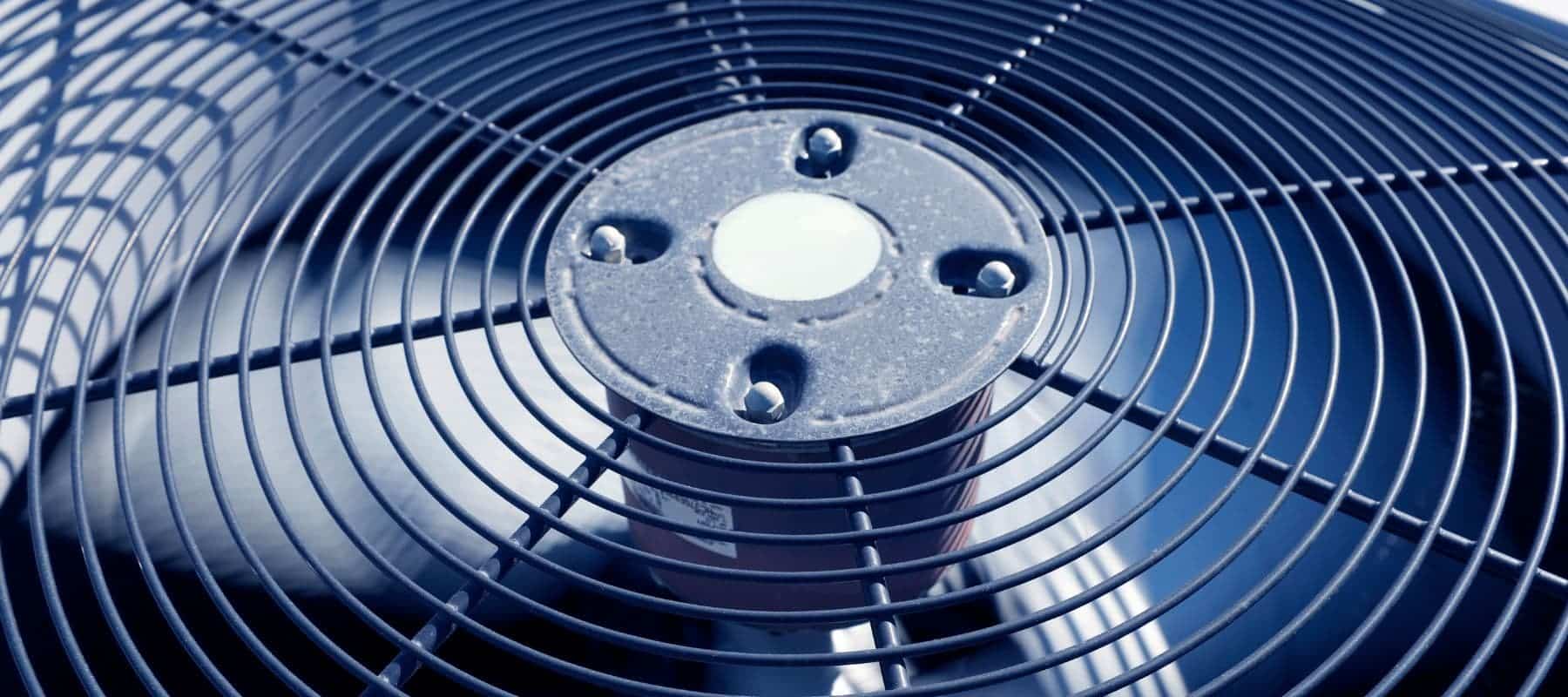Air Conditioning Services
At Thayer Air Conditioning, your comfort is our top priority. We specialize in AC replacement, ensuring that your home is equipped with the most efficient and reliable cooling systems. When your AC needs a fix, our expert technicians are ready to repair any issues quickly, restoring your comfort without delay.
Regular AC maintenance is also part of our service to you, aimed at extending the life and enhancing the efficiency of your unit. If your home isn’t suited for traditional ductwork, our ductless AC solutions offer a flexible and innovative alternative. We also help improve your indoor air quality and energy management with smart thermostat installations.
Moreover, our services include expert duct repair and replacement, ensuring optimal airflow and system efficiency. And if you’re looking to boost your home’s insulation, our blown-in insulation service is an excellent choice for enhancing energy efficiency and overall comfort.
Choose Thayer Air Conditioning for a comprehensive range of services that keep your home comfortable all year round.
AC Maintenance
A little TLC for Your air conditioner goes a long way!
AC Repair
When your AC fails, we always prevail with quick repairs!
AC Replacement
AC installation has never been easier than with Thayer!
Blown-In Insulation
Increase efficiency and reduce energy bills with insulation!
Commercial AC
It’s our business to keep your business comfortable!
Duct Repair
Seal the deal with air duct repairs you can count on!
Duct Replacement
Start from scratch with a brand-new air duct!
Ductless AC
Get your ducts in a row — consider ductless cooling!
Indoor Air Quality
Breathe deep and easy with indoor air quality solutions!
Smart Thermostats
Work smarter instead of harder with Thayer!





